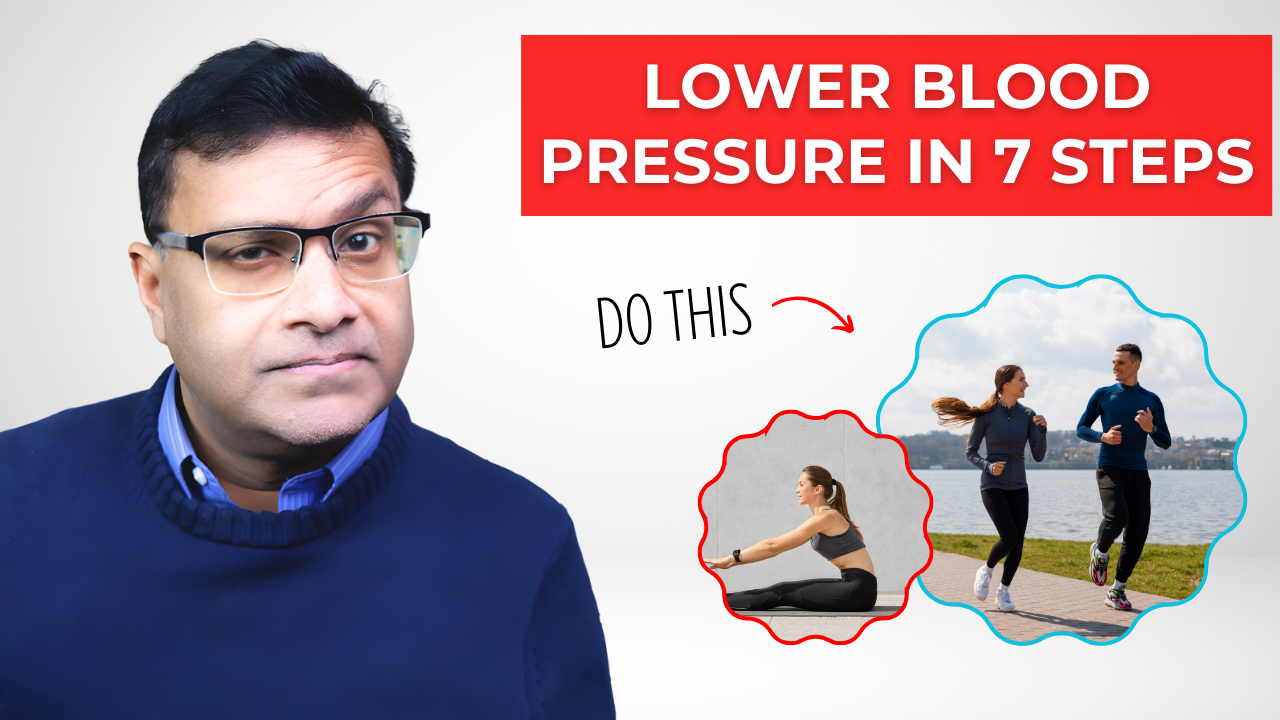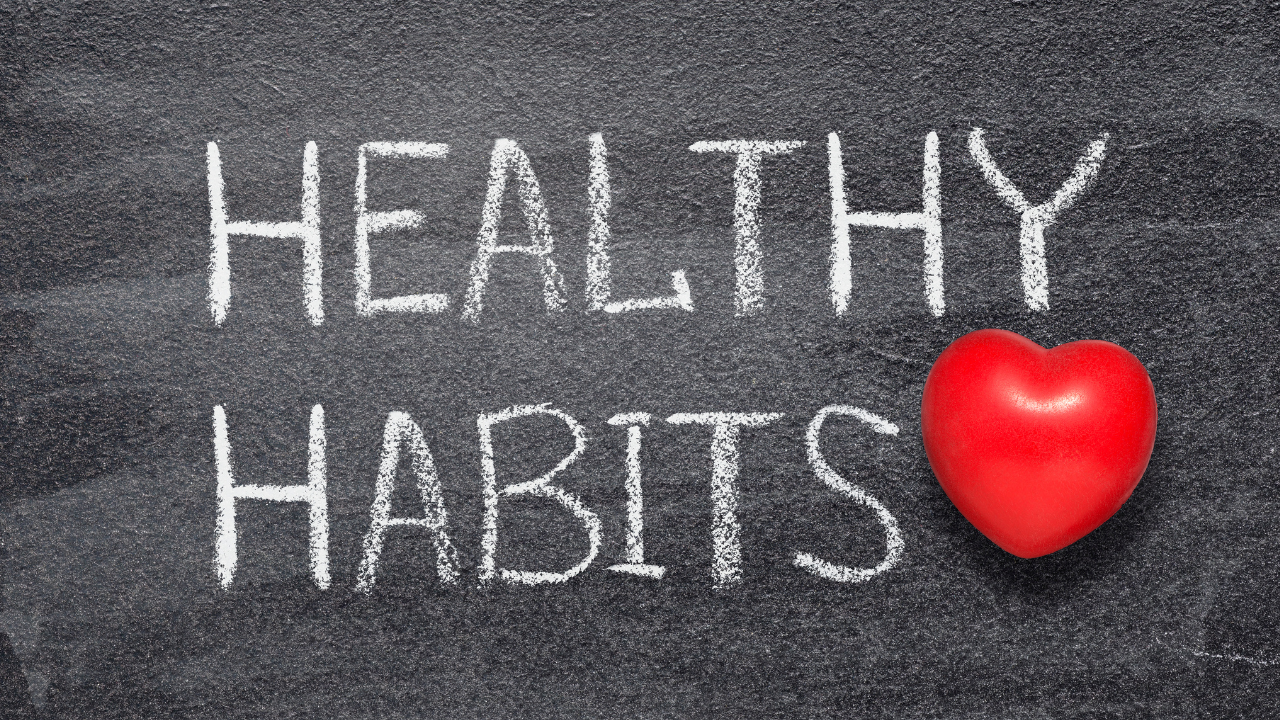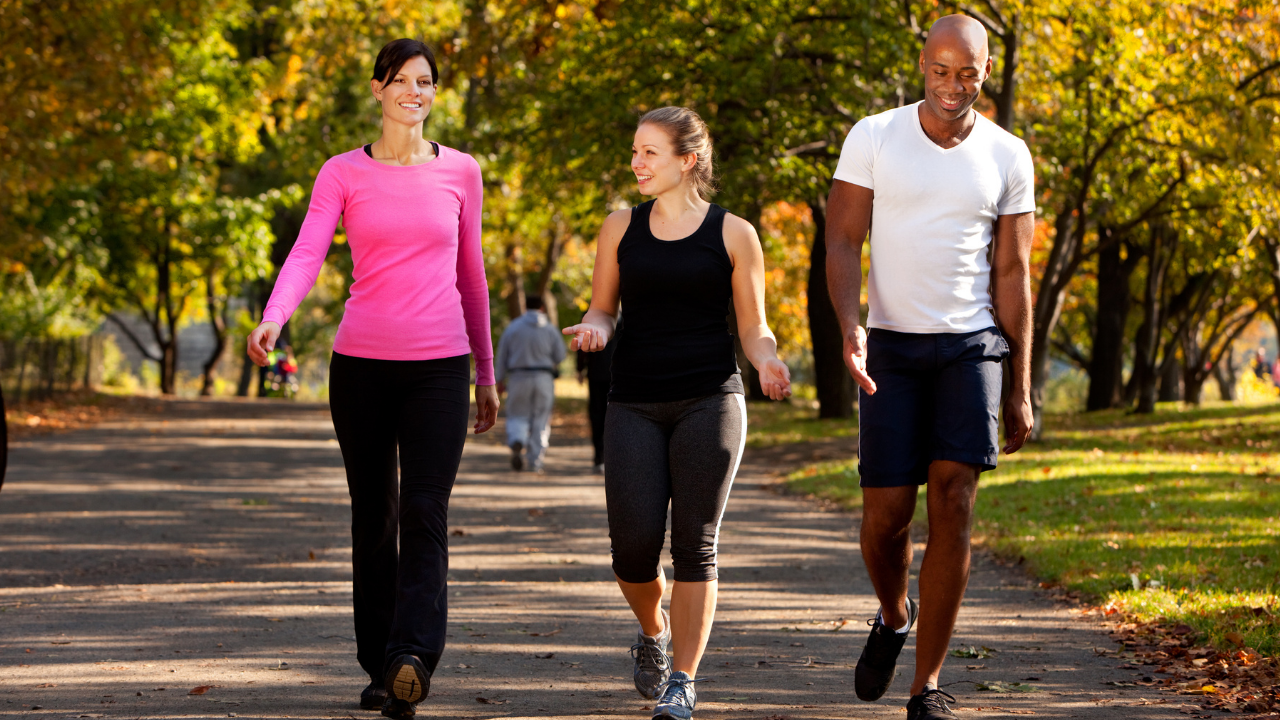Your heart… is doing something incredible right now.
It’s pumping blood through over 60,000 miles of vessels.
But what if that pressure…
was just a little too high?
And what if you never knew—until it caused a stroke… or heart failure?
That’s the silent danger of high blood pressure.
But the good news?
You have power.
Today, I’m giving you seven easy, proven steps to help you lower your blood pressure naturally…
And keep it there.
Let’s jump in
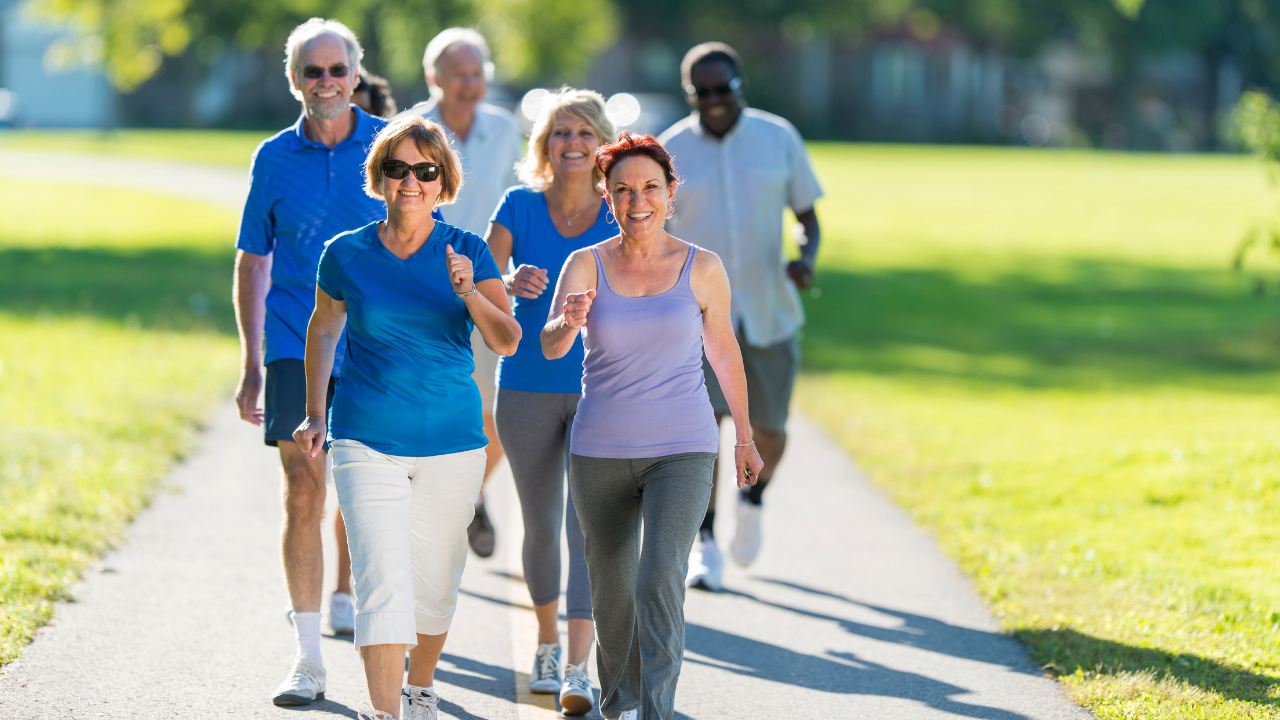
Step 1: Move Your Body Every Day
You don’t need a fancy gym or personal trainer to lower your blood pressure. Just move. Regular physical activity—like brisk walking, dancing, swimming, or biking—can significantly reduce both systolic (top number) and diastolic (bottom number) blood pressure.
Why does this work? Because movement helps your blood vessels stay flexible and open, improves your heart’s efficiency, and reduces stress hormones like cortisol and adrenaline.
How much do you need?
Aim for 30 minutes a day, five days a week. If you’re short on time, even three 10-minute walks spread throughout the day count.
And the best part? The effects start within a few weeks of consistent movement.
Let’s start with something simple…
Move your body. Every day.
Here is a little secret…
Check the following studies:
Emerging research indicates that breaking up prolonged sitting with short, frequent bouts of light physical activity—such as walking for a few minutes every half hour—can effectively lower blood pressure and may offer benefits comparable to, or even exceeding, a single 30-minute exercise session, particularly for individuals with hypertension or those at risk.
For instance, a study published in Hypertension found that interrupting sitting time with brief walking breaks significantly reduced blood pressure in overweight or obese adults, many of whom had prehypertension or hypertension. The reductions in systolic and diastolic blood pressure were more pronounced in these at-risk populations compared to healthy individuals.
Furthermore, research published in the Journal of Physical Activity and Health suggests that frequent, short bouts of light-intensity standing exercises can have an immediate effect in lowering blood pressure, especially in individuals on antihypertensive medication. The study found that more frequent activity breaks were more effective at reducing systolic blood pressure compared to less frequent ones.
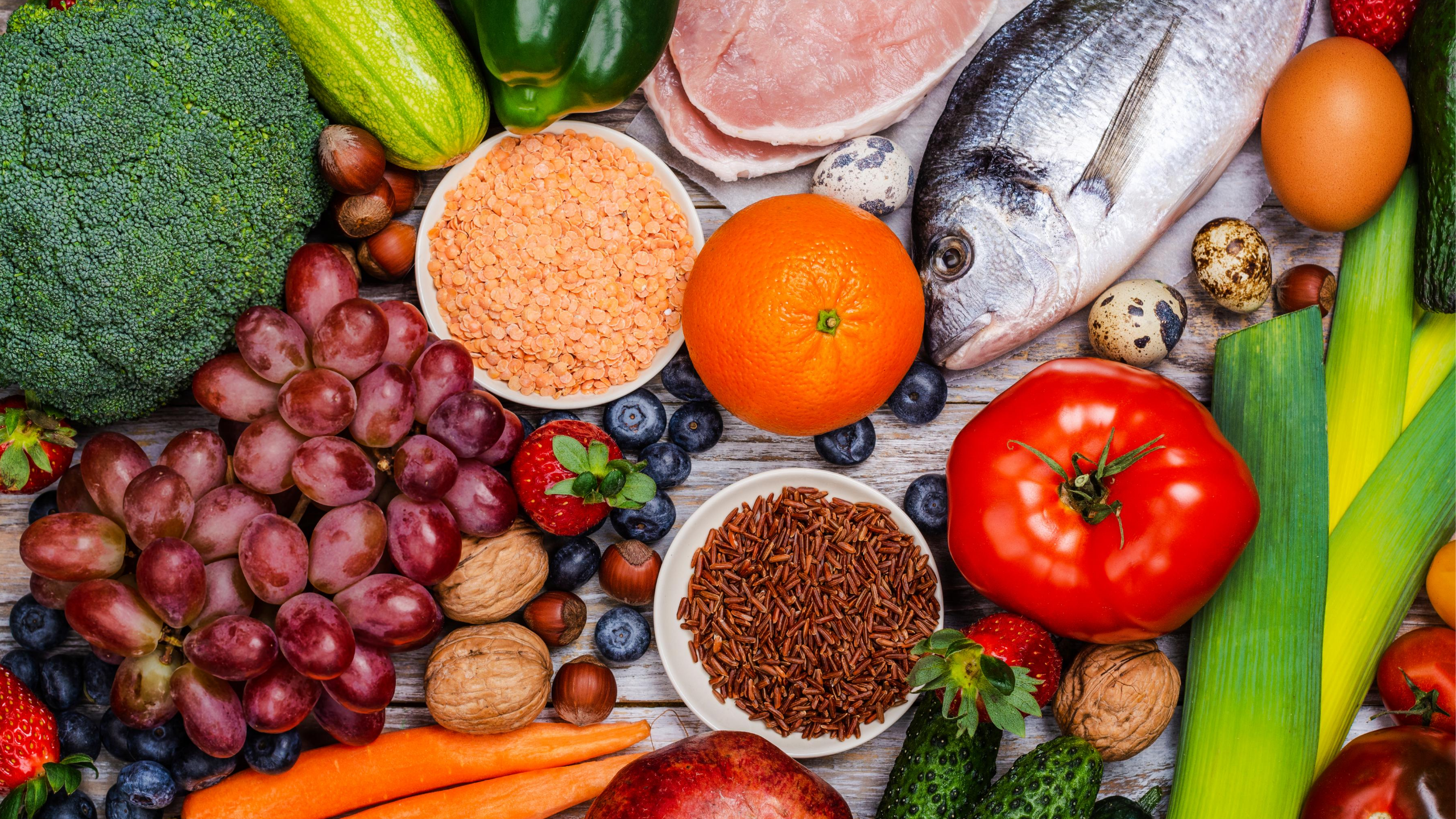 STEP 2 – EAT THE RAINBOW
STEP 2 – EAT THE RAINBOW
Next—eat the rainbow.
No, not Skittles.
I’m talking about colorful fruits and veggies.
Spinach.
Bananas.
Sweet potatoes.
Oranges.
Berries.
These foods are rich in potassium, magnesium, and fiber…
All of which help lower blood pressure naturally.
Aim to make half your plate fruits and vegetables.
Do you want some detail:
Fruits and vegetables aren’t just good for you—they’re nature’s blood pressure medicine. Foods rich in potassium, magnesium, and fiber help balance out the effects of sodium and relax your blood vessels.
Why potassium matters: Potassium helps your kidneys flush out excess sodium, which directly lowers blood pressure. It also helps your blood vessels relax.
Why magnesium matters: It supports normal nerve and muscle function, and low levels have been linked with higher blood pressure.
Why fiber matters: It keeps your arteries clean and helps regulate blood sugar—both of which influence BP.
 STEP 3 – CUT THE SALT, NOT THE FLAVOR
STEP 3 – CUT THE SALT, NOT THE FLAVOR
Let’s talk about salt.
Most of us eat twice the amount we need.
And the sneaky part?
It’s not just the saltshaker.
It’s in frozen meals, canned soups, sauces, and takeout.
Too much sodium makes your body hold on to fluid…
Which raises your pressure.
Use spices, garlic, lemon juice, or herbs to add flavor.
What do you need to know:
Salt (sodium) is one of the biggest drivers of high blood pressure.
Canned soups, frozen dinners, sauces, deli meats, and even bread can be surprisingly salty. The American Heart Association recommends less than 2,300 mg of sodium a day—ideally closer to 1,500 mg, especially if you already have high blood pressure.
So what can you do?
Read labels: Look for “low sodium” versions of your favorites.
Cook at home more often: That way, you control the salt.
Flavor with herbs, spices, lemon juice, garlic, vinegar, and pepper instead of salt.
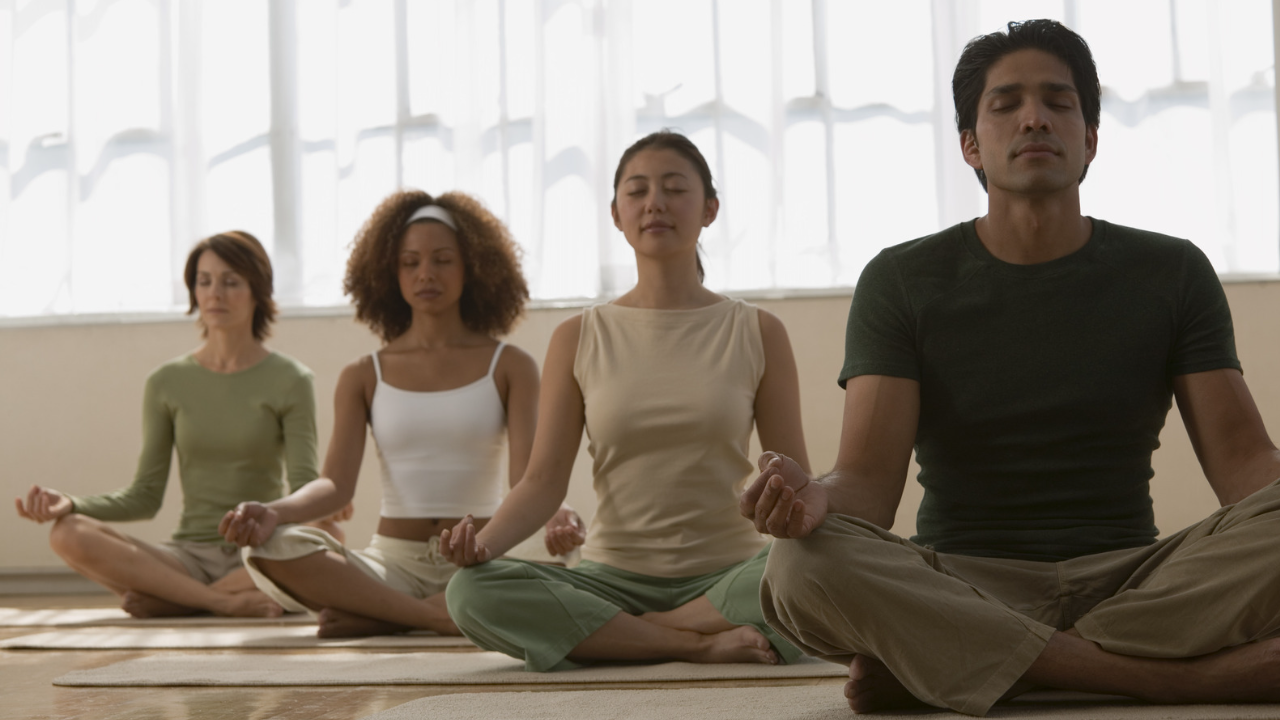 STEP 4 – BREATHE AND DE-STRESS
STEP 4 – BREATHE AND DE-STRESS
Stress.
It’s part of life.
But when it’s constant…
your body stays in “fight or flight” mode.
And that drives blood pressure up.
Stress is a normal part of life—but chronic stress? That’s when trouble starts. Long-term stress can keep your body in a constant “fight or flight” state, releasing hormones like cortisol and adrenaline that raise your heart rate and blood pressure.
That’s why stress management isn’t just good for your mind—it’s vital for your heart.
Try these simple tools:
Deep breathing: Inhale for 4 seconds, hold for 4, exhale for 6. Repeat 5–10 times.
Mindfulness or meditation: Even 5 minutes a day can help lower stress.
Laughter: Watch something funny. Call a friend who cracks you up.
Nature time: Being outdoors—even in a small park—can calm your nervous system.
STEP 5 – WATCH THE HIDDEN SABOTEURS
Sometimes, people do everything “right”—they eat well, move daily, reduce stress—but their blood pressure stays high. What gives?
The answer may be in hidden triggers:
Over-the-Counter Medications
Common painkillers like ibuprofen (Advil, Motrin) and naproxen (Aleve) can raise blood pressure. Decongestants, certain cold medicines, and even some weight-loss supplements can do the same.
Energy Drinks and Caffeine
While moderate coffee is usually fine (and even heart-protective), energy drinks and high-dose caffeine can cause dangerous spikes in blood pressure, especially in younger people.
Licorice (yes, really!)
Real black licorice contains a compound that can raise BP and cause irregular heart rhythms. It’s rare, but it happens.
Alcohol
In small amounts, alcohol might be harmless. But more than 1 drink per day for women and 2 for men can increase your pressure and undo the benefits of a healthy diet.
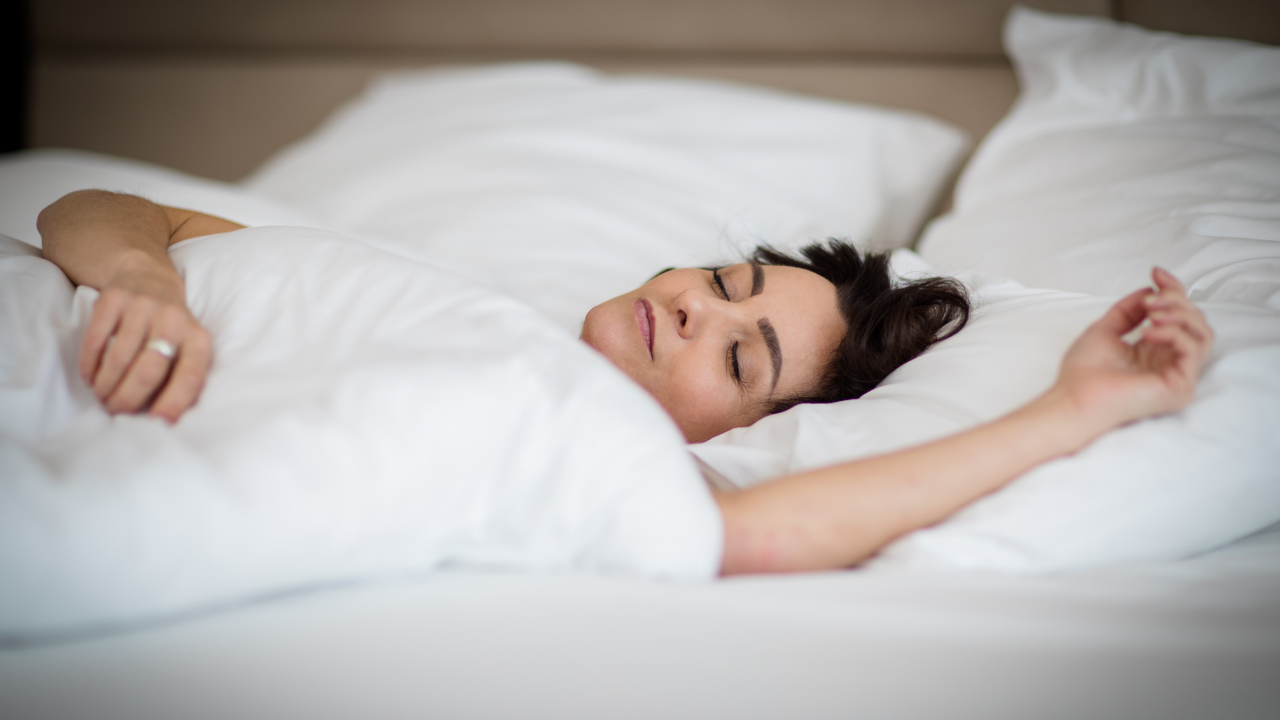
STEP 6 – SLEEP LIKE IT MATTERS
Sleep isn’t just “rest”—it’s repair. While you sleep, your body regulates hormones, calms inflammation, and resets your cardiovascular system. Poor sleep has been linked with higher blood pressure, insulin resistance, weight gain, and even heart disease.
Here’s what helps:
- Stick to a schedule: Try to go to bed and wake up at the same time every day—even on weekends.
- Limit screens before bed: Blue light can suppress melatonin, your body’s sleep hormone.
- Keep your room cool, dark, and quiet.
- Avoid heavy meals and caffeine in the evening.
STEP 7 – CHECK IN, DON’T GUESS
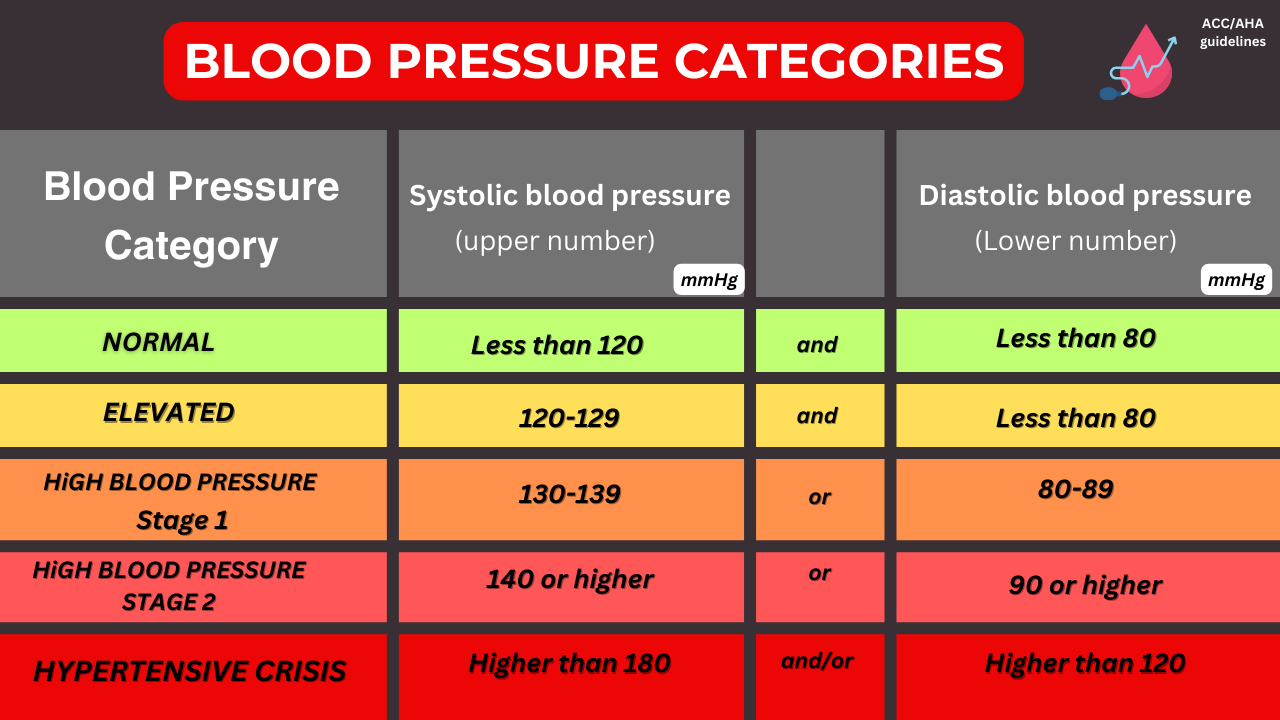
The last step is the most empowering: know your numbers.
High blood pressure doesn’t always cause symptoms. That’s why it’s called “the silent killer.” The only way to know if your blood pressure is under control is to check it regularly.
Invest in a home blood pressure monitor—they’re easy to use and often more accurate than a once-a-year reading at the doctor’s office (especially if you’re nervous there).
Ideal readings:
Normal: Less than 120/80
Elevated: 120–129 / less than 80
High (Stage 1): 130–139 / 80–89
High (Stage 2): 140+ / 90+
Check full video here
Sources:
https://pubmed.ncbi.nlm.nih.gov/



